Here are the latest market charts and analysis for today. Check them out and know what’s happening in the market today.
USDSEK
The pair is trading in the green with the price above the 200-day moving average. The Riksbank is expected to hold rates at 0% after it departed from the negative territory in December last year. Policymakers plan to hold rates for the next few years. On the other hand, they might have to consider sub-zero lending rates if economic conditions deteriorate further to necessitate additional easing. Officials may be more optimistic from the macro-fundamental perspective with regards to world affairs. Meanwhile, the Swedish krona is also under pressure from the uncertainty over the global economy. The Chinese coronavirus epidemic threatens to weaken Chinese economy. And any further or worse signs that the epidemic could spread and weaken the global economy would have a negative impact on the trade-reliant Swedish economy. The Swedish krona will stay sensitive to global economic developments, and pessimism may leave it vulnerable.
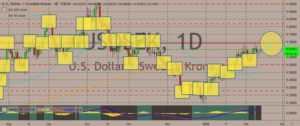
USDZAR
The pair is trading in the green today, with the price still above the 200-day moving average and recovering from its lows when it started the year. For fundamentals, traders are focusing on the upcoming SONA 2020 from South African President Cyril Ramaphosa. The event presents itself as both risk and opportunity for ZAR traders. Ramaphosa will deliver as leader his second annual address of the government’s status on Thursday and markets will be keep close tabs for signs that he and his cabinet are making some progress in structural economic reforms as well as a plan for putting Eskom onto sustainable financial footing. The SONA comes out ahead of the annual budget, which could have a heavy influence on the rand’s trajectory in the coming months. Eskom’s near-insolvent financial position and inability to keep the lights on indicate the markets will look for clues for measures that could alleviate the burden.
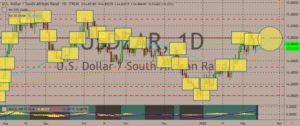
USDRUB
The pair is trading in the red after slipping from the 200-day moving average. The Russian central bank previously cut its policy rate by 25 basis points from 6.25% to 6%. Its statement also left the door open for further rate cuts in 2020. It noted that the current situation unfolds with the baseline forecast, so the Bank of Russia holds open the prospect of further key rate reduction at its upcoming meetings. The markets took this as a key dovish sign. At the same time, the bank noted that annual inflation was between 3.5% and 4% in 2020. They expected the rate to remain close to 4% in the near term. More recently, the central bank plans to keep 700 billion rubles, or $11.1 billion, of proceeds after selling its stake in the lender Sberbank. It will transfer the remaining proceeds from the deal to the state budget in cash. The finance ministry said earlier on Tuesday that Russia would tap its rainy-day fund, the National Wealth Fund, to buy the central bank’s stake in Sberbank.
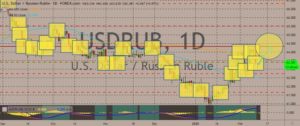
USDCHF
The pair is trading in the red right now, with the price heading down to the 50-day moving average again and staying within ranges. Despite the concerns over the economic impact of the deadly Wuhan coronavirus from China, the prevailing risk-on mood capped demand for the traditional safe-haven currencies, including the Swiss franc. On the economic front, the Swiss economy appears to be entering a recovery phase. However, such recovery could be threatened by a series of diplomatic risks. This, partnered with extremely low inflation and the expensive Swiss franc, will probably not allow the Swiss National Bank to change monetary policy in the near future. Because of the outlook for the euro area and the risks the coronavirus epidemic poses to world trade, exports of goods are expected to remain subdued. Exports of services can be expected to grow more strongly in 2020.
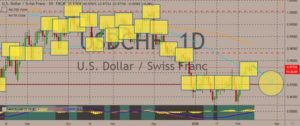


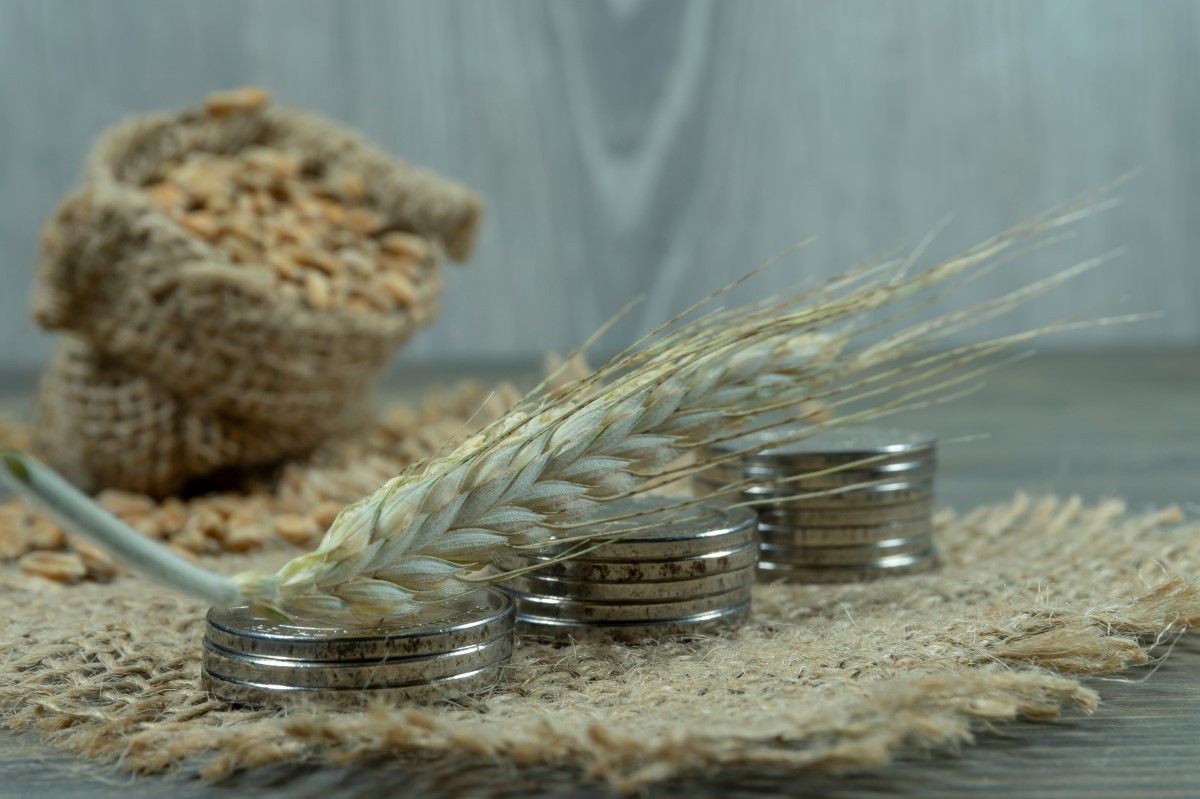

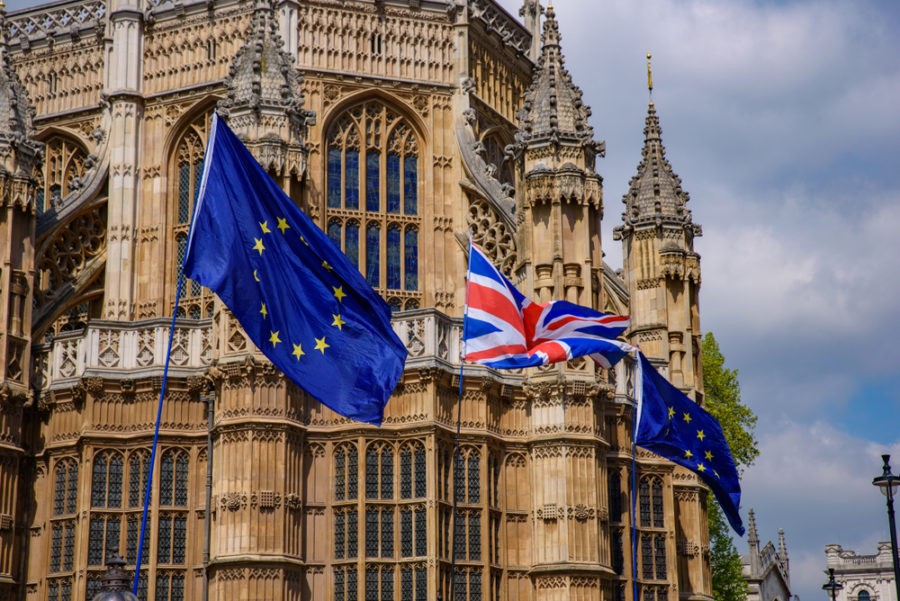




COMMENTS